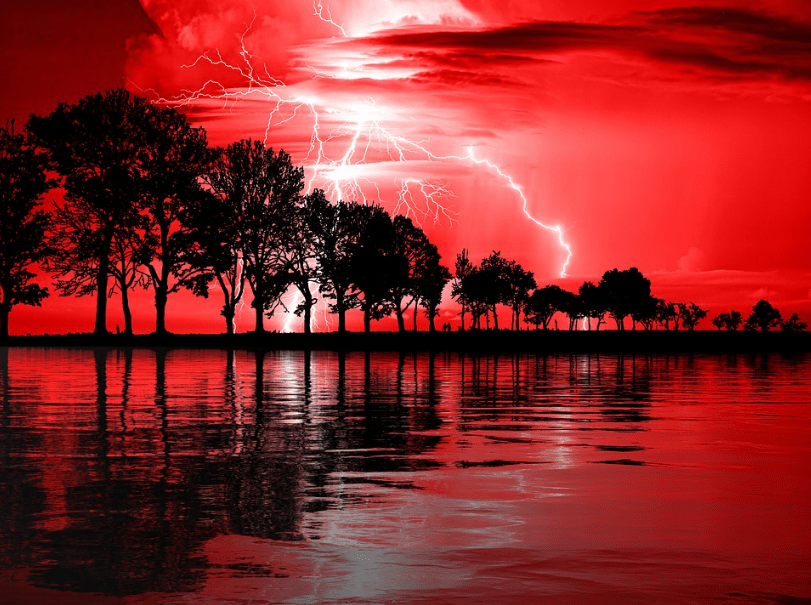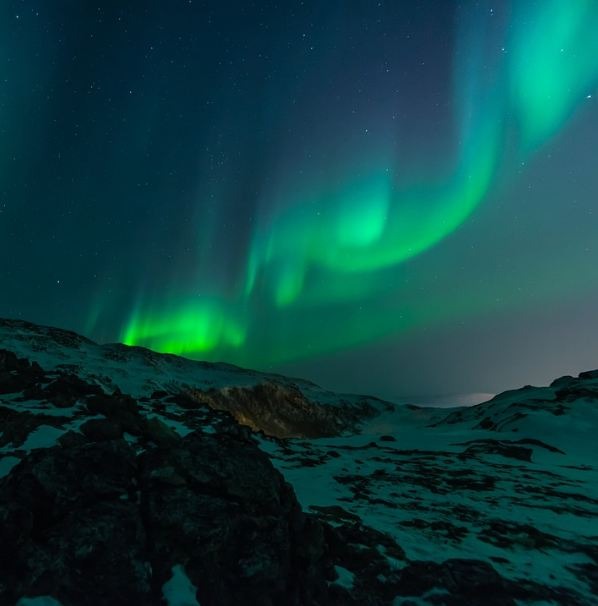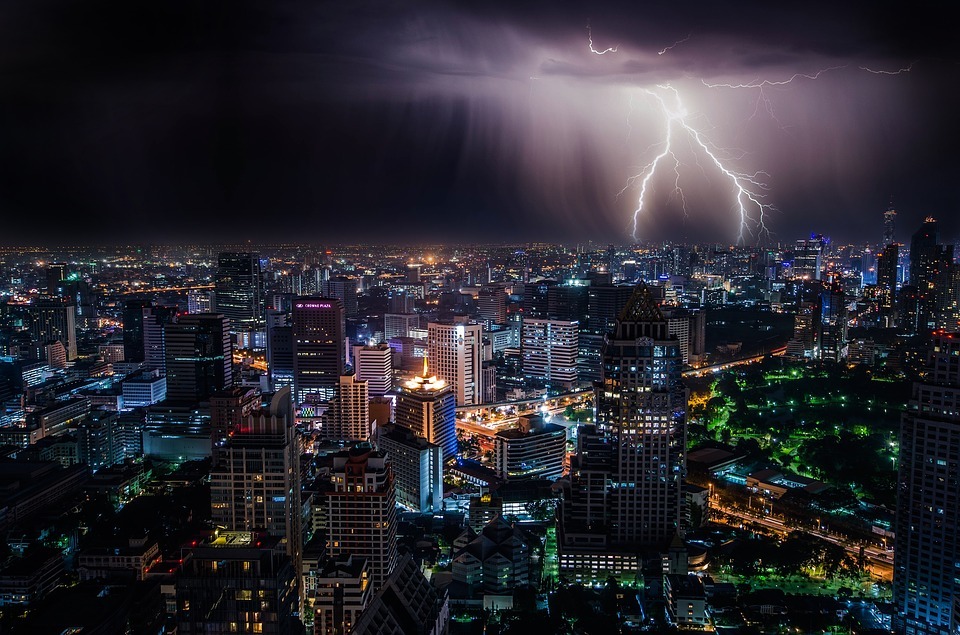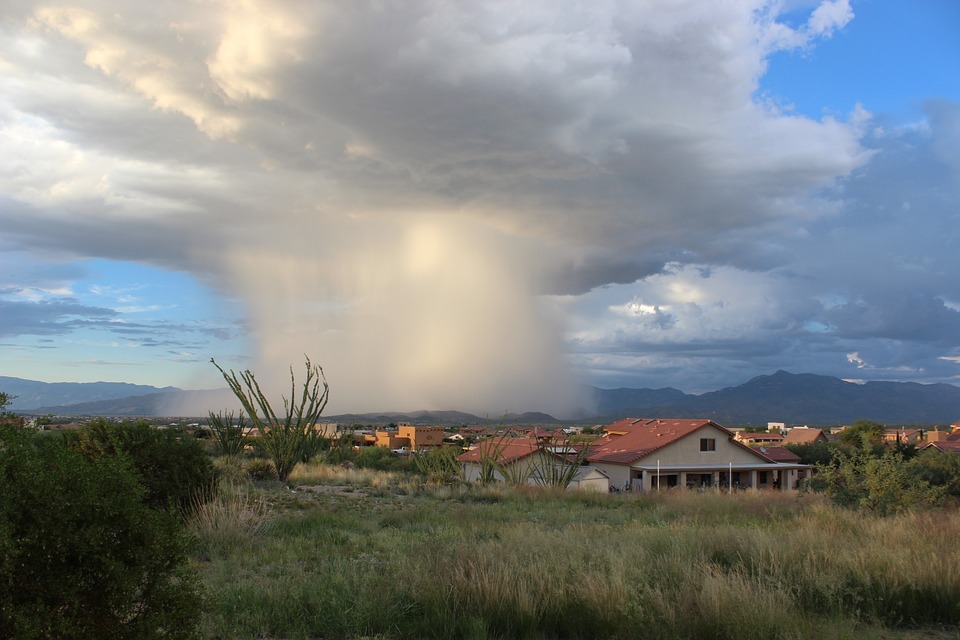What Causes Natural Fire Whirls to Form?
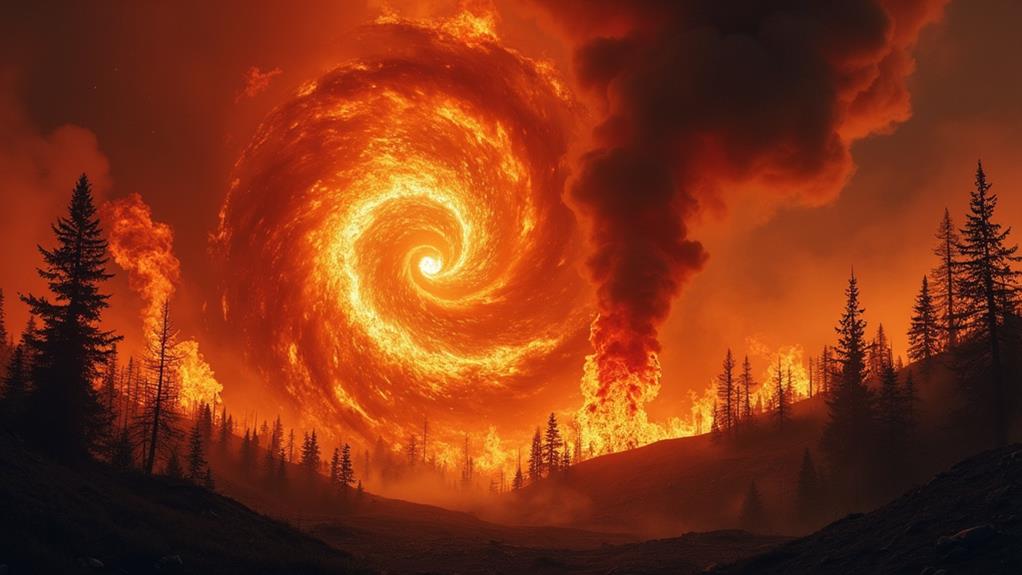
Natural fire whirls form when intense heat from fires causes rapid updrafts of hot air. This hot air meets cooler air, creating turbulent conditions and strong rotation. Uneven terrain and wind patterns further improve these vortices. Moreover, steep slopes and narrow passes can concentrate airflow, increasing rotational motion. When you see chaotic wind environments around fires, they're perfect for forming whirls. Historical disasters like the 1923 Great Kantō earthquake and the 2003 Canberra bushfires show how devastating fire whirls can be. Uncovering the intricate conditions that lead to their formation can reveal fascinating details.
Key Takeaways
- Intense heat from wildfires creates rapid updrafts, contributing to fire whirl formation.
- Atmospheric instability enhances turbulent conditions favorable for vortex development.
- Wind shear and turbulent wind patterns promote the rotation necessary for fire whirls.
- Variations in terrain, such as hills and valleys, influence wind patterns and whirl stability.
- Fire-induced vertical updrafts and localized wind systems intensify fire whirls.
Intense Heat Sources
Have you ever wondered how intense heat sources contribute to the formation of natural fire whirls? When wildfires blaze, they produce intense heat that causes hot air to rise rapidly. This rising hot air meets the cooler surrounding air, creating strong updrafts. These updrafts, combined with turbulent wind conditions, pave the way for the formation of fire whirls.
The temperatures at the core of fire whirls can reach up to 1,090°C (2,000°F), making them incredibly powerful. This extreme heat fuels the whirling motion, transforming the environment into a chaotic dance of flames and hot gases. When wildfires encounter combustible materials, the resulting flames and gases intensify, enhancing the updrafts and encouraging the development of whirling eddies.
Interestingly, fire whirls aren't exclusive to massive wildfires. Even small fires, like a pool of burning methanol, can generate enough heat to create similar whirling effects. The intense heat from these fires can lead to self-generated winds, further promoting the formation and stability of fire whirls. The combination of intense heat, hot air, and turbulent winds creates the perfect conditions for these mesmerizing yet dangerous natural phenomena.
Atmospheric Instabilities
Understanding atmospheric instabilities is key to grasping how natural fire whirls form. When warm air rises rapidly in an unstable atmosphere, it creates turbulent conditions crucial for vortex development. The intense heat generated by wildfires triggers localized updrafts. These updrafts, when combined with surface winds, lead to the necessary rotation for fire whirl formation. You'll often notice that changes in temperature and wind speed, particularly in dry air, improve atmospheric instability, making fire whirls more likely.
Surface winds play a significant role as they interact with the rising warm air to generate rotation. Temperature changes, coupled with varying wind speeds, contribute to this instability, creating an environment ripe for fire whirls. The surrounding terrain and prevailing wind patterns also influence the degree of instability, impacting the size and intensity of the whirl.
Pyrocumulus clouds, which form from the heat of a fire, are a telltale sign of increased atmospheric instability. These clouds indicate improved vertical motion, which further increases the potential for fire whirl development. By understanding these atmospheric instabilities, you'll better comprehend the dynamic and sometimes violent nature of fire whirls.
Wind Patterns and Turbulence
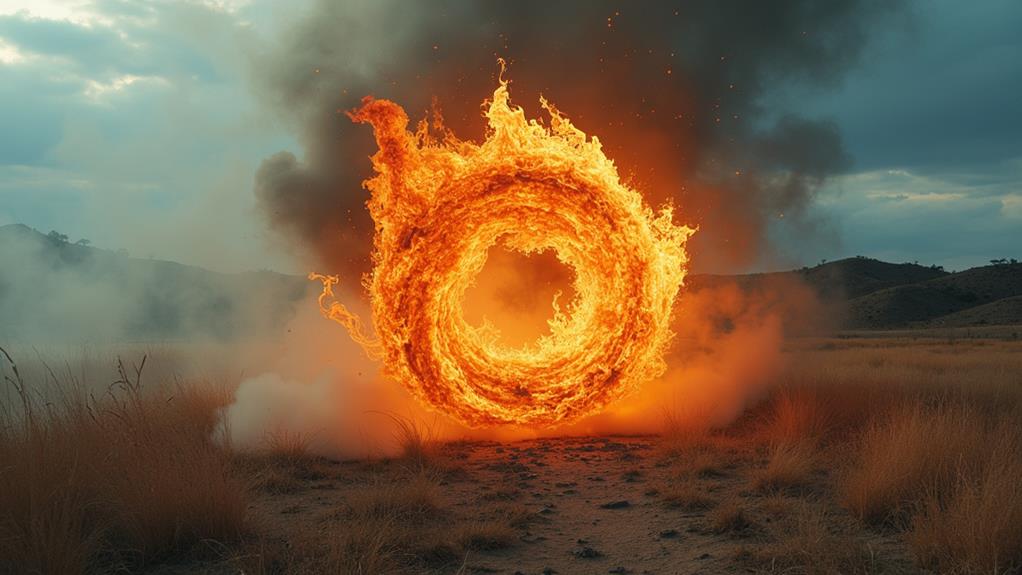
When discussing the formation of natural fire whirls, wind patterns and turbulence are vital factors to take into account. Fire whirls arise from the intense heat generated during wildfires, creating thermal updrafts. These updrafts lead to turbulent wind patterns as hot air rises and interacts with cooler surrounding air. This interaction results in the formation of rotating eddies, which are fundamental for fire whirl development.
Wind shear, or the change in wind speed and direction with height, plays a significant role. It exacerbates turbulence, making fire whirls more likely to occur. The combination of wind shear and intense heat from the fire contributes to the chaotic wind environment that supports eddy formation.
Topography also influences wind patterns, but we'll explore that later. For now, understand that uneven terrain can create localized wind shifts that affect fire whirl stability and direction. These rotating eddies can exhibit extreme wind speeds, sometimes exceeding 200 km/h, driven by the intense thermal updrafts and surrounding turbulent winds.
Topographical Influences
Steering through the complexities of topographical influences on fire whirls reveals how terrain variations like hills, valleys, and canyons shape wind patterns. When you look at topographical features, you'll notice that they markedly impact wind behaviors, leading to localized updrafts and turbulent air flows. Steep slopes, for instance, can amplify the rising heat from wildfires. This interaction, combined with the surrounding topography, can elevate vorticity, a vital factor in fire whirl formation.
Consider how terrain interactions, such as winds funneled through narrow passes, can concentrate airflow and improve rotational motion. This intensification is essential in the development of fire whirls. Asymmetric burning, where fuel distribution varies due to topographical differences, often creates conditions ripe for Type 3 fire whirls. These phenomena can be steady or transient over adjacent open areas.
Moreover, fire whirls can even manifest over water bodies, influenced by nearby land topography. These whirls might display unique traits like blue flames from soot-free combustion, showcasing the diverse impacts of terrain on fire whirl dynamics. By understanding these terrain interactions, you gain insight into the intricate process of fire whirl formation.
Fire-Induced Wind Systems
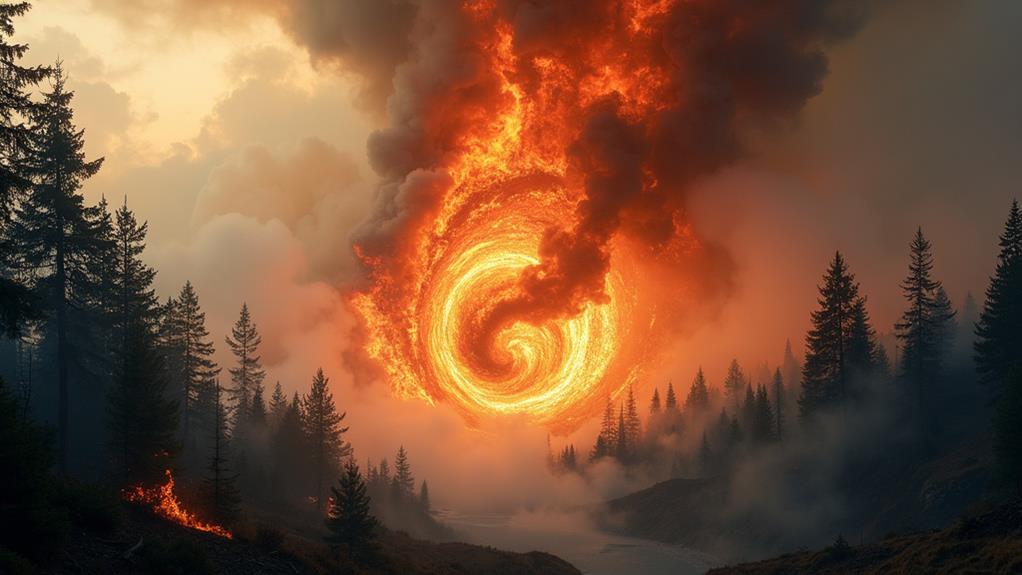
Topographical features play a significant role, but fire-induced wind systems bring another dimension to the formation of fire whirls. When wildfires blaze, they generate intense rising heat that creates a powerful vertical updraft. This updraft interacts with the surrounding wind patterns, forming rotating air pockets—essentially the core of fire whirls.
Fire whirls result from several interrelated atmospheric phenomena:
- Intense Rising Heat: The temperature difference between the hot air from the fire and the cooler surrounding air induces vorticity, causing the air to spin.
- Wind Shear: Changes in wind speed and direction with height improve atmospheric instability, making it easier for fire whirls to form.
- Localized Weather Systems: Wildfires can create their own localized weather systems, including fire-induced winds, that further contribute to the formation and intensity of these fiery vortices.
Turbulent wind conditions around the blaze interact with the updraft, improving the complexity and behavior of fire whirls. Wind shear helps to organize these turbulent conditions into more structured, spinning columns of air. Furthermore, the interaction of fire-induced winds with the landscape can modify the size and direction of fire whirls, making them even more unpredictable and dangerous.
Historical Case Studies
Throughout history, there have been several catastrophic fire whirls that highlight their devastating impact. One of the most tragic historical instances occurred during the 1923 Great Kantō earthquake in Tokyo. Massive urban fires generated explosive fire whirls, killing approximately 38,000 people in just 15 minutes. These fire whirls rapidly spread flames and produced intense heat, demonstrating their destructive potential.
Another significant example is the Hamburg bombings in World War II. During these bombings, large fire whirls formed, some estimated to be 2.4 to 3 kilometers in diameter and 5 kilometers tall, further underscoring the devastating effects of fire whirls in urban fires.
In more recent history, the 2003 Canberra bushfires produced a notable fire whirl with wind speeds of 160 mph (260 km/h). This event showed the extreme wind speeds that intense wildfires can generate. Likewise, the 2018 Carr Fire in California created an EF3 fire tornado, reaching wind speeds of 143 mph (230 km/h), illustrating that fire whirls can cause damage on par with conventional tornadoes.
These historical instances, from the Peshtigo fire in 1871 to the oil storage facility fire in California in 1926, reveal how specific environmental conditions and localized fire dynamics can lead to deadly fire whirl formations.
Frequently Asked Questions
How Does a Fire Whirl Start?
A fire whirl starts when intense heat from combustion processes causes rapid heat transfer, creating thermal updrafts. This alters atmospheric pressure, drawing in surrounding air currents. The resulting vortex dynamics generate whirling eddies, forming smoke spirals. Environmental factors like surface winds and temperature gradients improve this wildfire phenomenon. Understanding fire behavior and air currents helps explain these unique vortices, which demonstrate the complex interplay of natural forces in wildfires.
How Rare Are Fire Whirls?
Fire whirls are quite rare, and exact fire whirl statistics are hard to pin down. Historical fire whirls like the 1923 Tokyo event show their devastating impacts. Fire whirl phenomena are usually transient, lasting minutes and varying in intensity. Advances in fire whirl imagery and research have increased documentation. Understanding fire whirl behavior and debunking fire whirl myths can improve fire whirl safety and awareness of fire whirl locations.
What Conditions Promote the Development of Fire Whirls?
When you consider the conditions that promote fire whirls, focus on atmospheric instability, temperature gradients, and wind patterns. Fuel availability and moisture levels are vital, as dry, unevenly distributed fuels improve fire intensity. Terrain features can channel wind, affecting wildfire behavior. Combustion dynamics and thermal updrafts contribute greatly, creating the perfect environment for swirling air. All these factors together promote the development of fire whirls.
Is a Fire Whirl a Natural Disaster?
You might think fire whirls aren't a big deal, but did you know that the 1923 Tokyo fire whirl killed thousands? While not classified as natural disasters like hurricanes, fire whirls possess destructive characteristics, causing damage and posing safety risks. Their erratic behavior complicates firefighting, making understanding these phenomena essential. Recent research sheds light on fire whirl sightings and effects, debunking myths and informing better comparison with other natural events.

